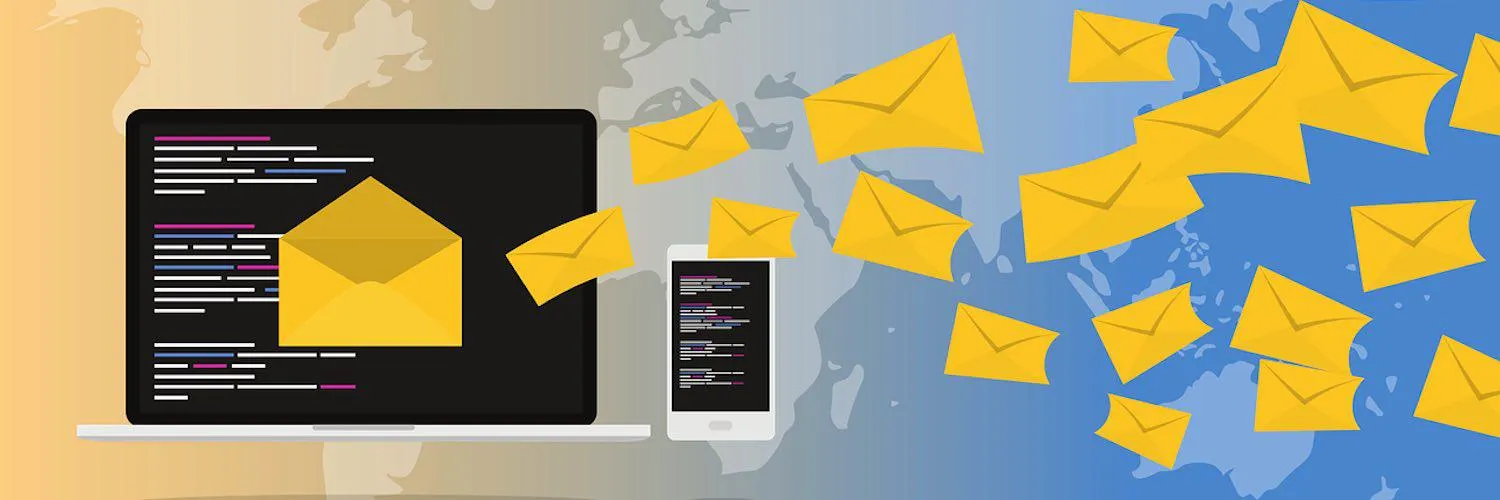Understanding the Importance of Inbox Automation
In today's fast-paced digital landscape, managing your email inbox efficiently is crucial for productivity. By automating your inbox, you can save time, reduce stress, and ensure that important messages are prioritized. Whether you are a busy professional or a small business owner, implementing effective automation strategies can significantly improve your workflow.
Key Benefits of Automating Your Inbox
Automating your inbox offers numerous advantages, including:
- Time Savings: Automation allows you to handle repetitive tasks, freeing up valuable time for more important projects.
- Enhanced Organization: With automation, you can categorize and sort emails more effectively, ensuring that nothing falls through the cracks.
- Improved Response Rates: Setting up automated responses can help you stay engaged with clients and colleagues, even when you're unavailable.
Essential Tools for Inbox Automation
To automate your inbox effectively, consider utilizing the following tools:
| Tool Name | Features | Best For |
|---|---|---|
| Zapier | Connects various apps, automates workflows, and creates customized notifications. | Users looking to link multiple platforms. |
| IFTTT | Allows you to create simple conditional statements for automating tasks. | Individuals seeking straightforward automation. |
| Mailchimp | Email marketing automation, audience segmentation, and performance tracking. | Businesses focused on email marketing campaigns. |
| Boomerang | Schedule emails, set reminders, and track responses directly within your inbox. | Users needing email scheduling and follow-up reminders. |
Creating Effective Email Templates
Email templates are an essential aspect of inbox automation. By creating templates for common responses, you can save time and maintain professionalism. Here are some tips for designing effective email templates:
- Personalization: Always include the recipient’s name and any relevant details to make the email feel more personal.
- Clear and Concise: Keep your messages brief and to the point, ensuring that the main purpose of the email is clear.
- Call to Action: Include a clear call to action to guide the recipient on what the next steps should be.
Sample Email Templates for Automation
Below are a few sample email templates that can be used for various scenarios:
| Scenario | Email Template |
|---|---|
| Follow-Up | Hi [Name], I wanted to follow up on our previous conversation regarding [topic]. Please let me know if you have any questions. Best regards, [Your Name] |
| Meeting Confirmation | Hi [Name], This is to confirm our meeting scheduled for [date and time]. Looking forward to our discussion! Best, [Your Name] |
| Thank You | Hi [Name], Thank you for your assistance with [specific issue]. I appreciate your support! Regards, [Your Name] |
Best Practices for Inbox Automation
To ensure successful inbox automation, follow these best practices:
- Regular Review: Periodically review your automated tasks to ensure they remain relevant and effective.
- Test Your Automation: Before fully implementing any automated task, run tests to confirm it works as intended.
- Stay Human: Balance automation with personal touches to maintain relationships and engagement with your audience.
Final Thoughts on Automating Your Inbox
By leveraging the right tools and techniques for inbox automation, you can streamline your communication processes and enhance productivity. Utilize the templates provided, experiment with different tools, and continuously refine your approach to ensure your inbox remains manageable. Remember, a well-organized inbox is not only a time-saver but also a crucial component of effective communication in today’s digital world.





